Disclosure: This article contains affiliate links. We may earn a commission from purchases at no extra cost to you, which helps our travel content.
Rome wasn't built in a day, and it certainly can't be experienced in one either. But three days? That's enough time to scratch beneath the tourist veneer and begin to feel the city's ancient rhythms pulsing beneath your feet. I've returned to Rome countless times over the decades—first as a wide-eyed backpacker, later with camera equipment slung over my shoulder documenting religious pilgrimages, and now as someone who moves through its labyrinthine streets with the comfortable familiarity of an old friend. The fall brings a special magic to the Eternal City, when summer crowds thin and a golden light bathes the ochre buildings in a glow that makes every photograph look like a Renaissance painting. Whether you're seeking ancient wonders, spiritual connections, or simply the perfect plate of cacio e pepe shared with someone you love, this three-day itinerary will help you experience Rome's essence without the frenetic pace that leaves so many travelers exhausted rather than enlightened.
Day 1: Ancient Foundations & First Impressions
The weight of history hits you immediately in Rome—it's inescapable. Rather than fight it, I suggest surrendering to it on your first day. Begin at the Colosseum when it opens, ideally with tickets purchased in advance. I've filmed here during special access hours when the arena floor was empty, and even after dozens of visits, the engineering genius and brutal history still leaves me contemplative.
After exploring the Colosseum, cross to the Roman Forum and Palatine Hill (included in the same ticket). While tourists cluster at the Forum entrance, I recommend heading uphill to the Palatine first. From these heights where emperors once lived, you'll gain a bird's eye perspective of the entire archaeological complex below. The morning light here creates dramatic shadows across the ruins that reveal architectural details often missed in the harsher midday sun.
When hunger strikes, resist the overpriced tourist traps surrounding the archaeological zone. Instead, walk 15 minutes to the charming neighborhood of Monti. This former slum has transformed into one of Rome's most authentic quarters, with ivy-draped buildings and local artisan shops. For lunch, slip into La Taverna dei Fori Imperiali, a family-run trattoria where Romans actually eat. Their tonnarelli cacio e pepe is transcendent in its simplicity.
As afternoon softens, make your way to the Capitoline Museums. Housing the world's oldest public art collection, these museums receive a fraction of the Vatican's crowds but offer artistic treasures that speak volumes about Rome's evolution. The bronze statue of Marcus Aurelius alone is worth the visit—I once spent three hours filming just this piece for a documentary on philosophical leaders.
End your first day at the Trevi Fountain after 8pm, when the day-trippers have largely dispersed. The nocturnal lighting transforms Bernini's masterpiece, and the reduced crowds allow you to actually hear the water—a sound element crucial to the original design but often drowned out by daytime chatter. Toss your coin, ensuring your return to Rome, then seek dinner at Armando al Pantheon. Make reservations weeks in advance for this institution that serves elevated Roman classics with zero pretension.
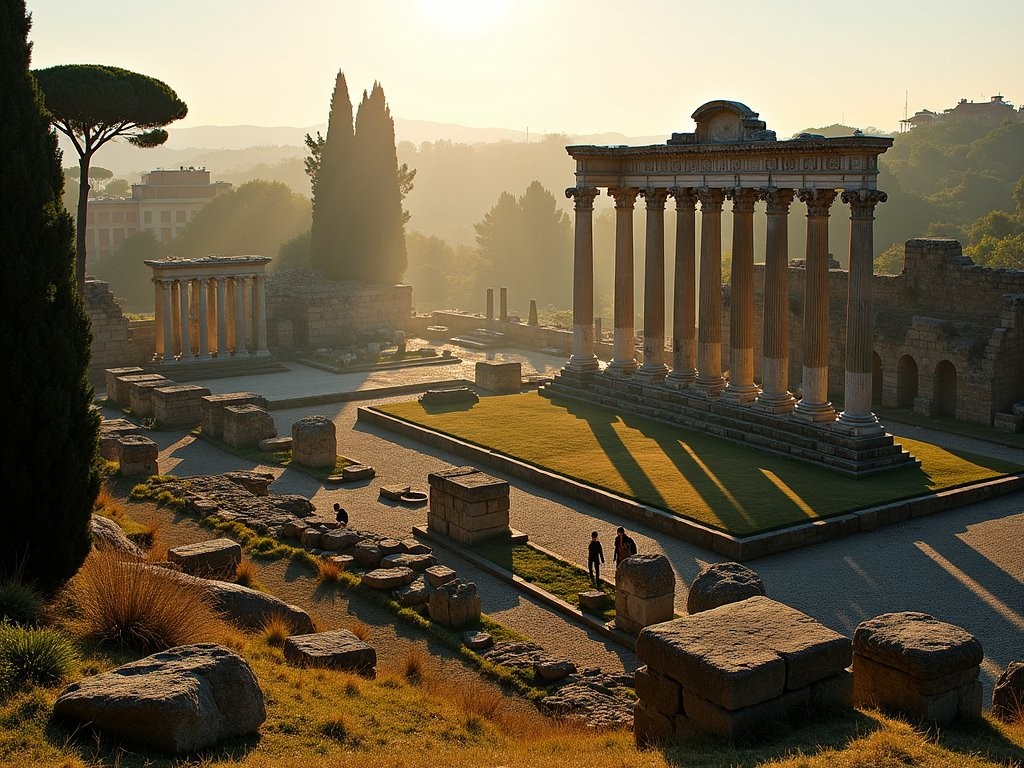
💡 Pro Tips
- Purchase Colosseum tickets online with the Roma Pass to skip the lines and include Forum access
- Visit Palatine Hill before the Forum for better crowd management and superior views
- Carry a refillable water bottle—Rome's ubiquitous nasoni (drinking fountains) provide fresh, cold mountain water free of charge
Day 2: Vatican Treasures & Trastevere Pleasures
Begin your second day early—very early—at the Vatican Museums. After producing a documentary on religious pilgrimages, I learned that spirituality is often best experienced in relative solitude, something nearly impossible at the Vatican unless you strategize. Book the first entry slot (currently 8:30am) online, and head directly to the Sistine Chapel before the corridors become human rivers. You'll have perhaps 15-20 precious minutes when Michelangelo's ceiling can be appreciated in something approaching the contemplative atmosphere it deserves.
After the Sistine Chapel, double back to explore the museums' highlights, including the Raphael Rooms and the stunning Gallery of Maps. For documenting these incredible spaces, I rely on my mirrorless camera with its exceptional low-light performance and silent shutter—perfect for respectful photography in sacred spaces without disturbing others.
From the museums, enter St. Peter's Basilica through the special passage reserved for guided tours (another reason to consider a guide for this portion). The basilica's scale defies comprehension—I've filmed here multiple times and still discover new details. If your legs permit, climb the dome for perhaps the most spectacular view in Rome.
After this spiritual immersion, you'll need physical sustenance. Cross the Tiber River to Trastevere, Rome's most characterful neighborhood. While increasingly discovered by tourism, its winding medieval streets still harbor authentic Roman life. For lunch, seek out Da Enzo al 29, a tiny trattoria serving Roman classics. Their carciofi alla giudia (Jewish-style artichokes) in season are transcendent.
Spend your afternoon wandering Trastevere's labyrinthine alleys. The Church of Santa Maria in Trastevere contains stunning 13th-century mosaics that glitter in the afternoon light. Nearby, the Botanical Garden offers a peaceful retreat when sensory overload threatens.
As evening approaches, join locals for aperitivo at Freni e Frizioni, where your drink purchase includes access to a generous buffet. For dinner, book at La Gensola for exceptional seafood in a neighborhood better known for meat dishes. Their seafood pasta changes daily based on the morning's catch, a philosophy I deeply respect after documenting traditional fishing methods throughout Italy's coastline.
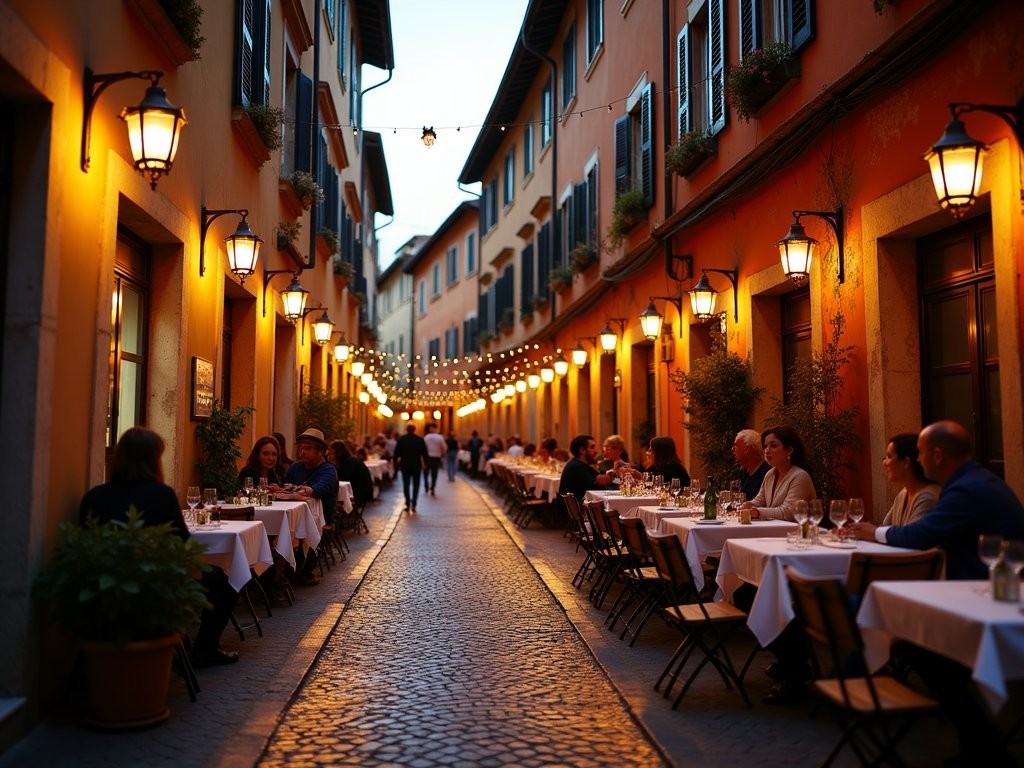
💡 Pro Tips
- Book Vatican Museum tickets for the earliest possible entry time, ideally on a weekday
- Bring a lightweight scarf or cover-up for both men and women—shoulders must be covered in St. Peter's
- Consider a guided tour that includes the 'secret passage' from the Sistine Chapel directly into St. Peter's, saving you an hour of waiting in line
Day 3: Beyond the Obvious—Rome's Hidden Layers
On your final day, it's time to experience the Rome that exists beyond the postcard views. Begin at the Basilica of San Clemente, just a few blocks from the Colosseum but worlds away in visitor numbers. This 12th-century church is built atop a 4th-century basilica, which itself stands upon a 1st-century Roman house and Mithraic temple. Descending through these archaeological layers is like physically traveling through time—a perfect metaphor for Rome itself.
From here, take a short walk to the overlooked gem of Santi Quattro Coronati, a fortified medieval monastery where cloistered nuns still sing Gregorian chants at specific hours. During the filming of my documentary on religious traditions, the mother superior granted us rare access to record these haunting melodies—an experience that still raises goosebumps when I recall it.
For lunch, venture to Testaccio, Rome's offal-loving neighborhood built around the former slaughterhouse. This working-class district offers Rome's most authentic food scene. At Flavio al Velavevodetto, sample traditional quinto quarto (fifth quarter) dishes that transformed slaughterhouse scraps into culinary masterpieces. Their rigatoni alla pajata is not for the faint-hearted but tells a more honest story about Roman cuisine than any carbonara in the centro storico.
After lunch, explore the non-Catholic Cemetery where Keats and Shelley rest among cypress trees and feral cats. The pyramid of Cestius looming alongside creates one of Rome's most incongruous and photogenic scenes. For capturing these atmospheric moments, I always carry my compact travel tripod which provides stability for low-light photography without the bulk of traditional models.
As afternoon wanes, make your way to the Janiculum Hill for the best sunset view over Rome's domes and rooftops. Unlike the more famous viewpoints, locals outnumber tourists here, and the panorama encompasses the entire city in one sweeping vista.
For your final dinner, seek out Cesare al Casaletto in the residential Monteverde neighborhood. This unassuming trattoria serves what many Romans consider the city's best tonnarelli cacio e pepe and fritti (fried starters). It's a fitting end to your Roman sojourn—unpretentious, authentic, and deeply satisfying.
Before returning to your accommodation, make one final pilgrimage to the Pantheon. In the evening, its exterior is beautifully illuminated, and the crowds have dispersed. Standing before this perfectly preserved temple-turned-church, contemplate how it has witnessed nearly 2,000 years of continuous human history—a humbling thought to carry home with you.
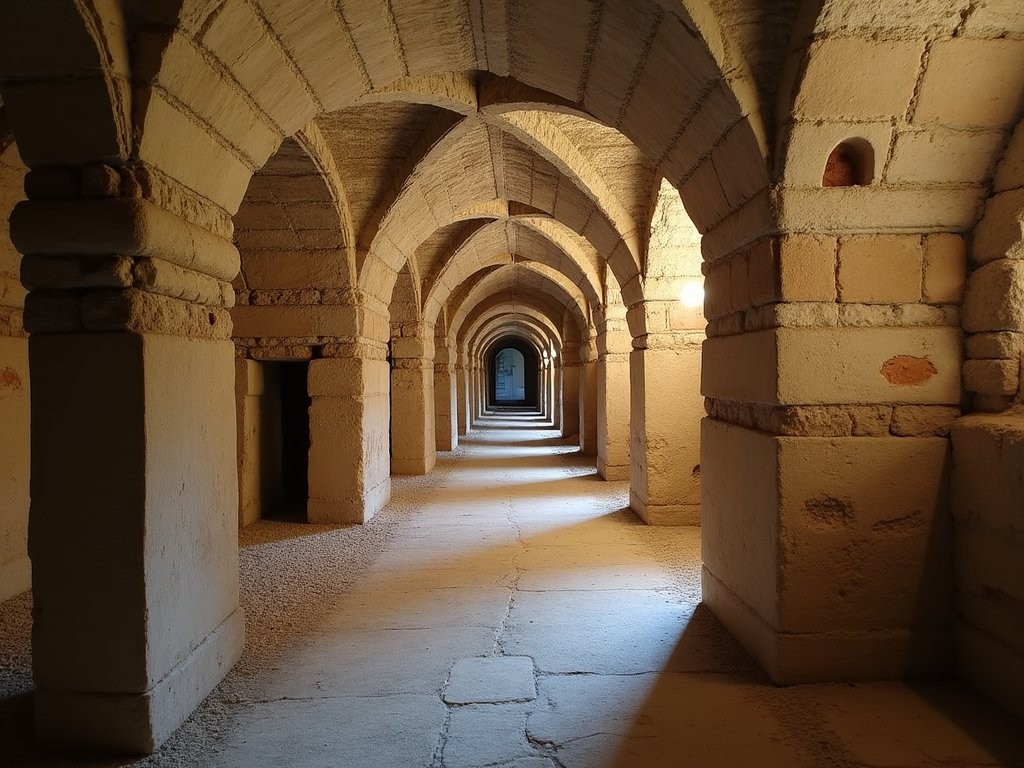
💡 Pro Tips
- Check opening hours for San Clemente's underground levels, which sometimes differ from the main basilica
- Bring a travel journal to record impressions at these contemplative sites—Rome reveals different facets of itself when you slow down to observe
- For the Janiculum sunset view, arrive 30 minutes before actual sunset to secure a good viewing spot
Spiritual Encounters in the Eternal City
Rome's spiritual dimension extends far beyond Catholicism, though the Vatican's influence is undeniably omnipresent. After years documenting religious pilgrimages worldwide, I've found Rome to be uniquely layered with spiritual histories that speak to both believers and secular visitors seeking deeper connection.
For an experience few tourists encounter, visit the Capuchin Crypt beneath Santa Maria della Concezione church near Piazza Barberini. Here, the remains of some 4,000 friars have been arranged in elaborate memento mori displays. While initially macabre, there's a profound meditation on mortality here that transcends religious boundaries. During filming, I spent hours in this space and watched as visitors entered with nervous laughter but left in contemplative silence.
Rome's Jewish Ghetto offers another spiritual counterpoint. The Great Synagogue's distinctive square dome stands in architectural conversation with the city's countless church cupolas. Book a guided tour of the synagogue and its excellent museum to understand Europe's oldest Jewish community, which predates Christianity in Rome. Afterward, sample Jewish-Roman cuisine at Ba'Ghetto, where dishes like carciofi alla giudia (Jewish-style artichokes) represent cultural resilience through culinary tradition.
For those seeking more esoteric spiritual encounters, the Priory of the Knights of Malta on Aventine Hill offers a perfect metaphor for Rome itself. Peering through the famous keyhole in the Priory's gate reveals three sovereign states aligned perfectly: you stand in Italy, look through the property of the Knights of Malta (a sovereign entity), to view St. Peter's dome in Vatican City. This literal perspective shift mirrors what spiritual journeys often provide—a new way of seeing familiar landscapes.
During my documentary work on pilgrimages, I discovered that intentional movement through space often creates unexpected spiritual openings. Create your own mini-pilgrimage by walking the path between Rome's four major papal basilicas: St. Peter's, St. John Lateran, Santa Maria Maggiore, and St. Paul Outside the Walls. While traditionally done in a single day by the devout, you can adapt this route to your own pace and interests. For this potentially lengthy walk, comfortable footwear is essential—I rely on my walking shoes which provide all-day support while still looking presentable enough for basilica visits.
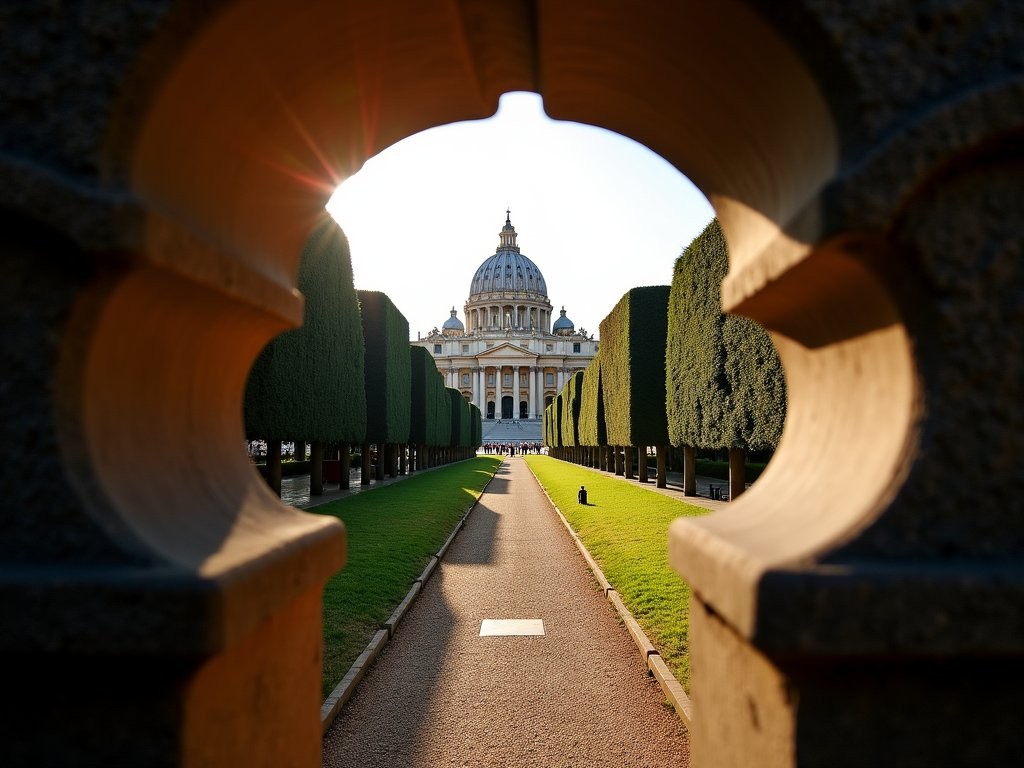
💡 Pro Tips
- Visit the Capuchin Crypt early in the day when fewer tour groups are present for a more contemplative experience
- Respect dress codes at all religious sites—shoulders and knees covered regardless of gender or the temperature outside
- Consider a Sunday visit to Santo Stefano Rotondo, a unique circular church where you might catch Gregorian chant during services
Culinary Rhythms & Roman Rituals
To understand Rome, you must eat as Romans do—not just what they eat, but when and how. The rhythm of meals here follows ancient patterns that modern tourism has yet to fully disrupt. Having documented food traditions across Italy, I've found Rome's culinary customs particularly resistant to outside influence.
Begin your day as locals do at a neighborhood bar (café) standing at the counter for espresso and perhaps a cornetto. Paying to sit doubles the price, but Romans consider this standing ritual an essential daily communion. I've formed friendships at Bar San Calisto in Trastevere simply by appearing at the same time each morning, nodding to the same faces, and eventually being included in their rapid-fire conversations.
Lunch in Rome traditionally occurs between 1:00-3:00pm and represents the day's main meal. Many quality restaurants offer pranzo di lavoro (worker's lunch) specials that provide exceptional value. At Armando al Pantheon, their lunch prix fixe includes dishes from their regular menu at a fraction of dinner prices.
The afternoon pausa is increasingly endangered but still observed by many traditional businesses. Use this time as Romans do—for a passeggiata (stroll) and perhaps a gelato from artisans like Fatamorgana or Otaleg, where seasonal ingredients shine. Avoid places with fluorescent-colored mountains of gelato—these are tourist traps using artificial ingredients.
Aperitivo culture bridges the gap between work and dinner, typically running from 7:00-9:00pm. More than just drinks, this ritual includes complimentary snacks ranging from simple chips to elaborate buffets. Hotel Locarno near Piazza del Popolo offers a refined aperitivo experience in their Art Nouveau bar, while Freni e Frizioni in Trastevere provides a more youthful, energetic atmosphere with generous food offerings.
Dinner begins no earlier than 8:30pm for locals, with restaurants filling around 9:30pm. True Roman cuisine centers on simple preparations of quality ingredients. Seek out traditional trattorias like Cesare al Casaletto or Flavio al Velavevodetto where generational knowledge informs every dish. For recording these culinary experiences, I rely on my smartphone gimbal which allows for smooth, unobtrusive video even in dimly lit restaurants.
While dining, observe the unhurried pace of service—this isn't inefficiency but respect for the meal as a social occasion rather than a transaction. You'll never be rushed from your table; you must request the check when ready. This cultural difference frustrates many visitors but embodies Rome's philosophy that time enjoyed is never time wasted.
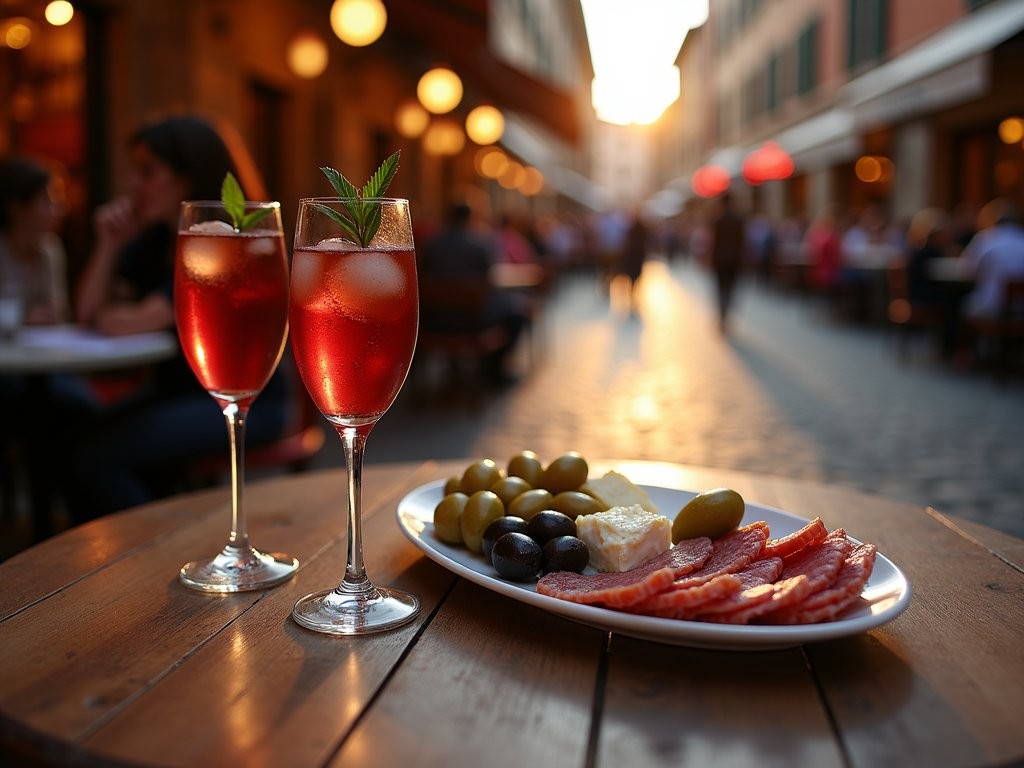
💡 Pro Tips
- Learn basic Italian food vocabulary—menus in authentic places rarely offer English translations
- Respect the sacred timing of meals—attempting lunch at 4pm or dinner at 6pm limits you to tourist establishments
- Never order cappuccino after 11am if you want to blend in with locals—it's considered a morning-only beverage
Final Thoughts
As the plane lifts away from Leonardo da Vinci Airport, I find myself already planning my return to Rome—not to check off missed attractions but to sink deeper into its rhythms. The city's true magic lies not in its monuments but in the spaces between them, where contemporary life flows through ancient channels like water finding its natural course. Rome teaches us that time is neither linear nor finite but layered and cyclical. The couple sharing a gelato on steps where senators once debated, the cat sleeping on a column capital toppled two millennia ago, the afternoon light striking the same angle on the Pantheon that Hadrian himself might have calculated—these continuities offer profound comfort in our disposable age. Whether you came seeking history, spirituality, cuisine, or simply connection with your traveling companion, Rome provides a backdrop against which human experiences become somehow more vibrant, more meaningful. The coins you tossed in Trevi's waters were not wasted—Rome always calls its pilgrims back, each return revealing new layers of the eternal palimpsest.
✨ Key Takeaways
- Rome rewards those who embrace its natural rhythm rather than fighting against it—wake early, rest during afternoon heat, and dine late
- The most meaningful experiences often happen away from major attractions in neighborhood churches, family-run trattorias, and quiet piazzas
- Fall offers the perfect balance of comfortable temperatures, reduced crowds, and golden light that transforms ordinary scenes into cinematic moments
📋 Practical Information
Best Time to Visit
September through early November
Budget Estimate
$150-250 per day per couple (excluding accommodations)
Recommended Duration
Minimum 3 days, ideally 4-5
Difficulty Level
Easy To Moderate (Involves Significant Walking)

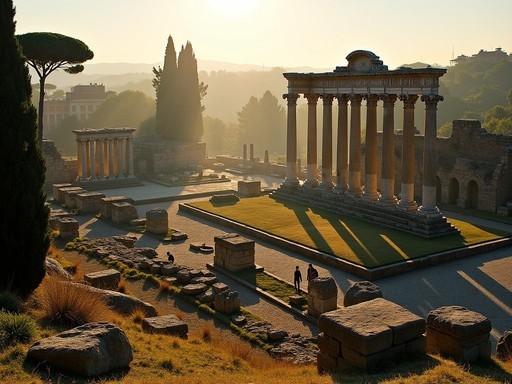
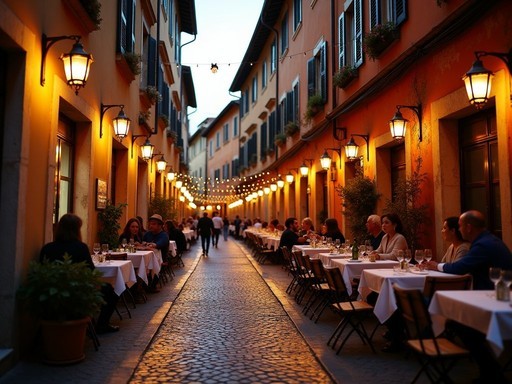
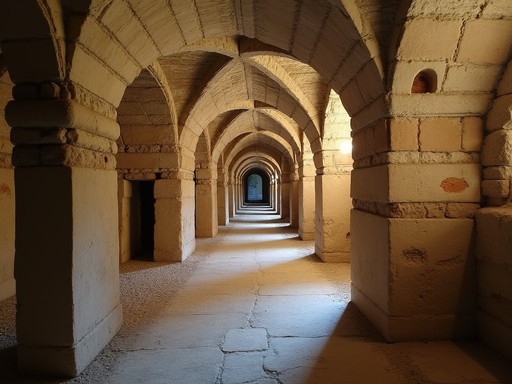
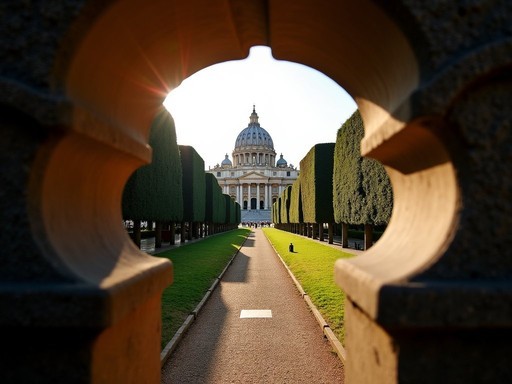
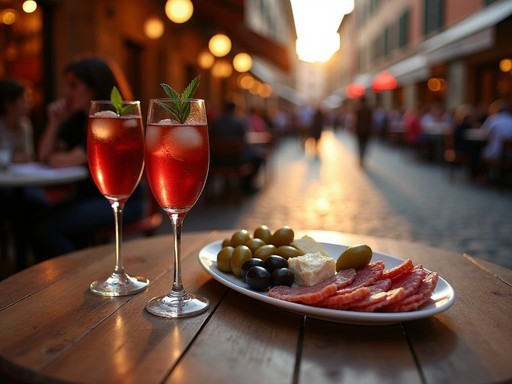


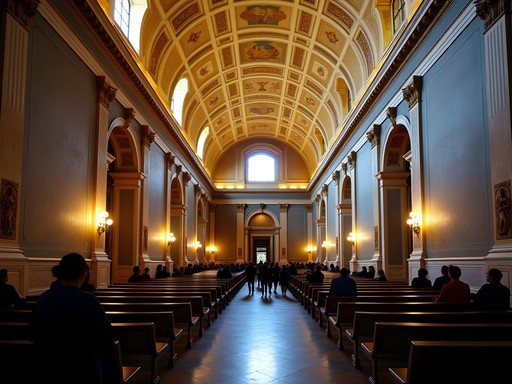
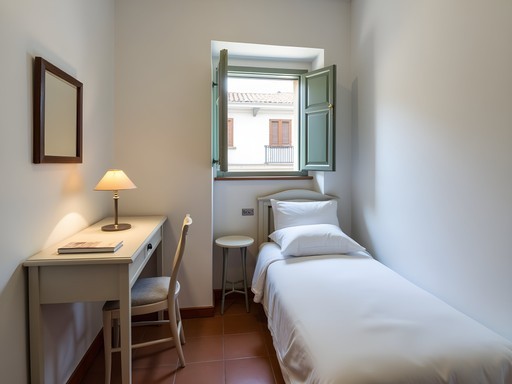
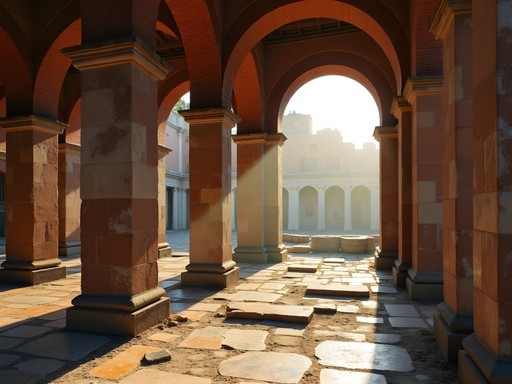
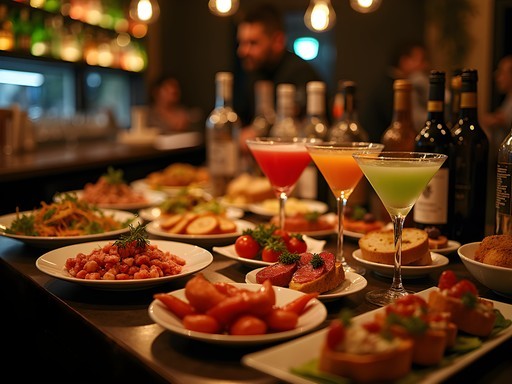
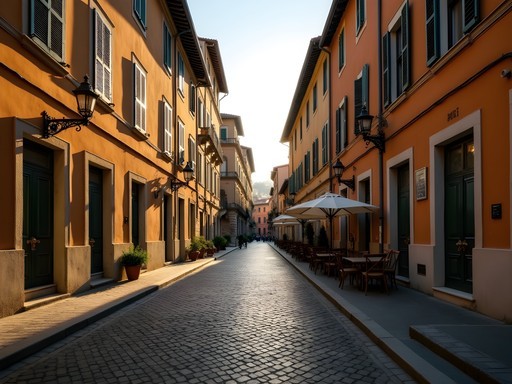
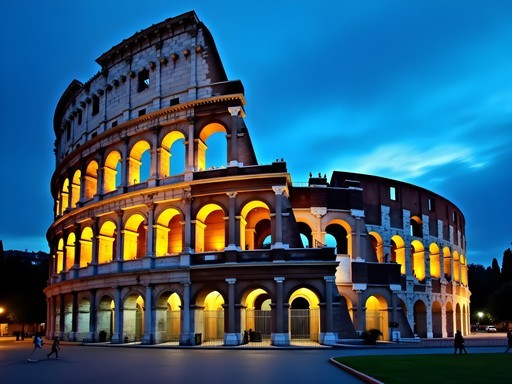
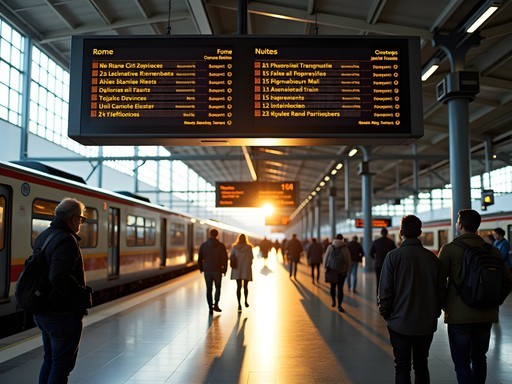
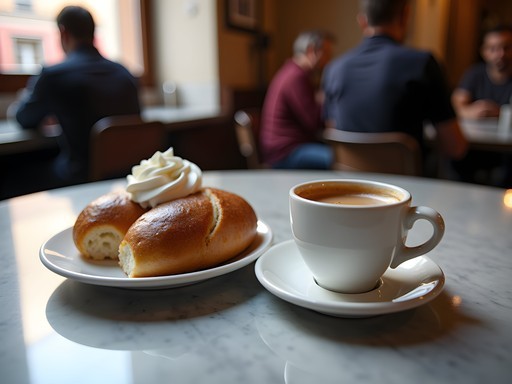
Comments
Mason Ferrari
Excellent itinerary, Haley! Having spent considerable time in Rome over the years, I appreciate how you've balanced the must-sees with some lesser-known gems. One suggestion for readers: consider visiting the Palazzo Doria Pamphilj, an often-overlooked museum housed in a stunning private palace with an impressive art collection including works by Caravaggio and Velázquez. For those concerned about the heat (especially July-August visitors), I always carry my collapsible water bottle which I can refill at Rome's many public fountains. The ancient Romans engineered an incredible water system, and modern visitors can still benefit from it today! Lastly, for Day 3, I'd add the Centrale Montemartini museum - ancient Roman statues displayed in an old power plant. The contrast is breathtaking and it's never crowded.
nomadninja
Going to Rome next month! Is three days really enough? Worried I'll miss too much.
Mason Ferrari
Three days is the minimum I'd recommend for Rome. You'll see the highlights but will definitely want to return. My advice is to pick one major site per day (Colosseum, Vatican, etc.) and then explore the surrounding neighborhoods. I've been to Rome 12 times and still discover new things. Don't rush - Rome rewards those who slow down.
nomadninja
Thanks! I'll try to add an extra day if possible.
wanderclimber
Love this itinerary! When we visited Rome last summer, we discovered an amazing viewpoint at the Giardino degli Aranci (Orange Garden) on the Aventine Hill. Perfect sunset spot with fewer tourists! Also, if you have time, try to see the keyhole at the Knights of Malta property nearby - you can see three countries at once through it (Italy, Vatican, and Malta). Not mentioned in most guides but absolutely worth it!
Haley Russo
Great tip about the Orange Garden! I actually visited but couldn't fit it into the final article. That keyhole view is magical - like a perfect postcard of St. Peter's dome!
beachhero
Just got back from Rome last month and followed almost the same itinerary! Day 2 was my favorite - the Vatican Museums are mind-blowing, but I'd recommend getting there SUPER early. We arrived at 7:30am and still waited about 30 mins. Trastevere was magical in the evening though! We found this tiny restaurant down an alley with the best cacio e pepe I've ever had. Haley, did you find the crowds at Trevi Fountain overwhelming? We went at midnight and it was still packed!
nomadninja
How was public transportation there? Trying to decide if I should get a Roma Pass or just use taxis.
beachhero
The metro is super easy and cheap! We used it daily. Only took taxis from the airport. Definitely get the Roma Pass if you're hitting the major sites.
first_time_traveler
Just booked my tickets! Can't wait!
RomeLocal2020
As someone who lives in Rome, I'd suggest adding Quartiere Coppedè to Day 3 if you have time. It's a tiny neighborhood with the most unique architecture in Rome - like a fairy tale! Almost no tourists know about it.
backpackhero
Just Googled it and wow! How have I never heard of this place? Definitely checking it out next time.
wanderlust_jane
That sunset photo from Gianicolo Hill is stunning! Did you use a special camera or just your phone?
pasta_lover_5
Going there next month, any food recommendations that weren't tourist traps?
backpackhero
Not the author but try Trattoria Da Enzo in Trastevere! Tiny place, no reservations but AMAZING cacio e pepe. Get there right when they open!
pasta_lover_5
Thanks for the tip! Adding it to my list right now.
Douglas Bradley
Excellent breakdown of Rome, Haley! I'd add that for anyone interested in ancient history, the Capitoline Museums are worth squeezing in on Day 1 after the Forum. They're often overlooked but house incredible Roman artifacts. For transportation, I found the 72-hour Roma Pass to be extremely cost-effective. It covers all public transport and gives you priority entry to many sites. I tracked my steps in Rome and averaged 22,000 daily, so comfortable shoes are absolutely essential - I wore my hiking sneakers the entire trip and they were perfect for those cobblestone streets.
ItalyDreamer
Did you find the Roma Pass worth it? I've heard mixed things about whether it saves money.
Douglas Bradley
For me it was worth it just for the convenience of not buying individual metro tickets. The line-skipping at attractions is the real value though, especially during high season.
TravelingTeacher22
Love this! Saving for my trip next summer!
Venture X
Premium card with 2X miles, $300 travel credit, Priority Pass